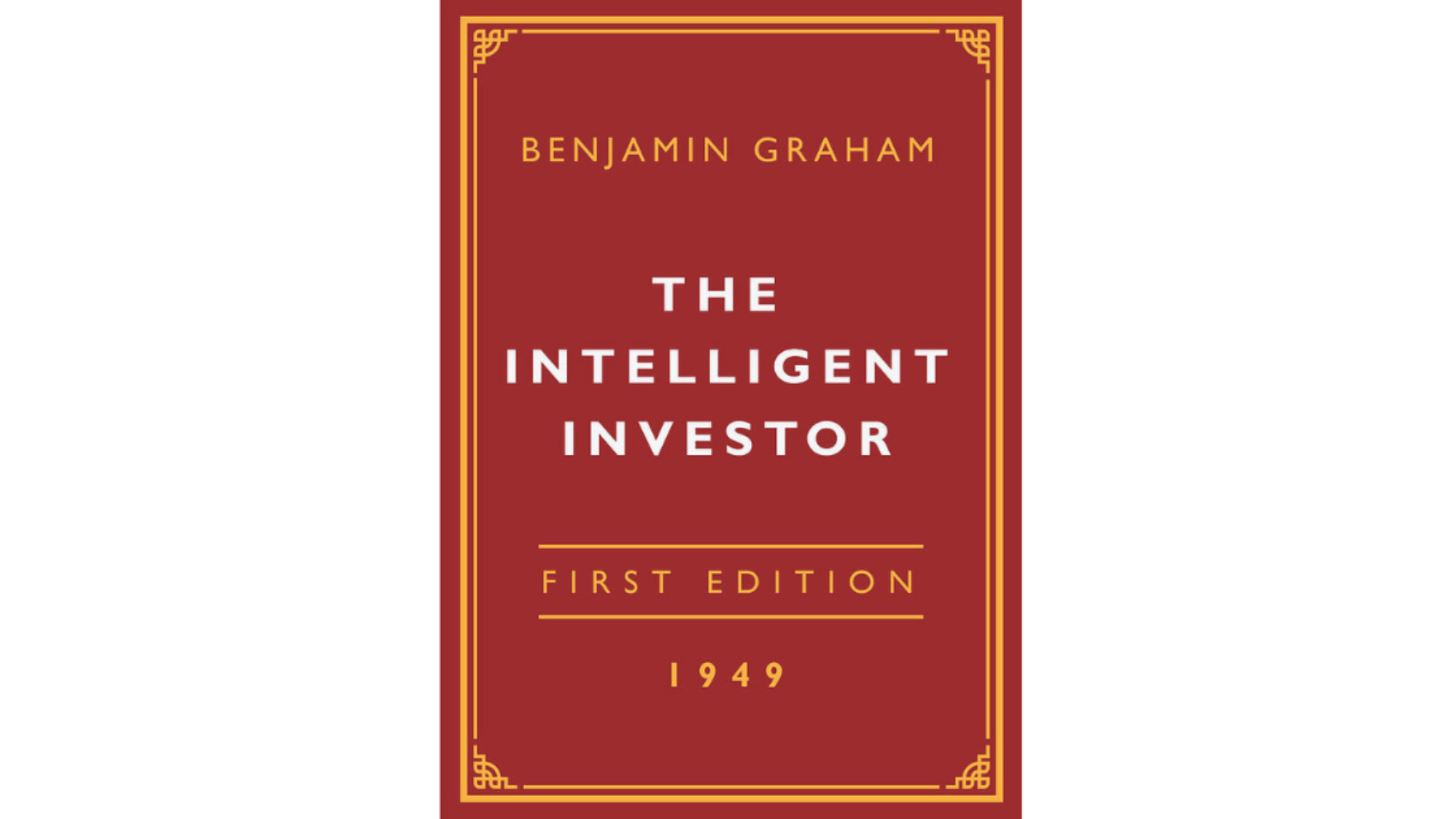The famous investment book “The Intelligent Investor” was first published in 1949. It is widely regarded as one of the most influential books on value investing, a method in which investors search out inexpensive stocks and purchase them in the hope of making long-term gains.
The book is split into four sections:
Part I: Fundamental Concepts This section discusses the fundamentals of investment, such as the distinction between investing and speculation, the significance of analyzing a company’s financial statements, and the advantages of diversification.
Part II: Securities Evaluation Graham teaches how to analyze specific stocks and bonds in this part, including how to compute intrinsic value and margin of safety.
Part III: The Astute Investor This section focuses on successful investors’ mindsets and behaviors. Graham emphasizes the necessity of investing in discipline, patience, and emotional control, as well as avoiding common mistakes like market timing and following the crowd.
Investment Vehicles (Part IV) The last part discusses numerous investment possibilities, such as mutual funds and index funds.
Overall, “The Intelligent Investor” teaches readers how to be reasonable, disciplined, and patient investors, as well as provides timeless guidance on how to construct a successful investment portfolio.
The Book in 3 Sentences
- “The Intelligent Investor” is a famous investment book that focuses on the value of investing.
- The book teaches readers how to analyze specific stocks and bonds, as well as successful investors’ thinking and behavior.
- Graham emphasizes the need for investing discipline, patience, and emotional control, and provides timeless advice on how to develop a successful investment portfolio.
Impressions
- The importance of value investing: The book is often credited with popularizing the concept of value investing, which involves looking for stocks that are undervalued by the market.
- The emphasis on discipline and emotional control: Graham stresses the importance of developing a rational, disciplined approach to investing, and avoiding the emotional ups and downs of the market.
The timeless nature of the advice: Despite being first published in 1949, many of the concepts and strategies outlined in the book remain relevant and widely used by investors today. This has helped to make “The Intelligent Investor” a classic and highly influential investment book.
How I Discovered It
There are several ways that most people discover “The Intelligent Investor” by Benjamin Graham. The book has been featured in various media outlets over the years, including interviews with successful investors who credit it with influencing their investment strategies. I ended up reading this after the strong recommendations it received online.
Who Should Read It?
“The Intelligent Investor” by Benjamin Graham is a book that can benefit a wide range of readers interested in investing and personal finance. Here are some groups of people who may find the book particularly useful:
- New investors: The book is a great resource for those who are new to investing and want to learn more about the fundamentals of investing.
- Value investors: The book is considered a classic in the field of value investing, making it a must-read for anyone interested in this investment strategy.
- Long-term investors: The book emphasizes the importance of a long-term, disciplined approach to investing, making it a valuable read for anyone interested in building a successful investment portfolio over time.
- Those interested in personal finance: Even if you’re not specifically interested in investing, the book provides valuable insights into personal finance and the importance of discipline and rational decision-making in money management.
How the Book Changed Me
After reading “The Intelligent Investor” by Benjamin Graham, I changed in several ways:
1. Developed a better understanding of investing: The book provides a comprehensive overview of investing principles, techniques, and strategies, helping me develop a better understanding of how to invest wisely.
2. Adopted a long-term perspective: The book emphasizes the importance of a long-term, disciplined approach to investing, encouraging me to avoid short-term thinking and focus on the big picture.
3. Gained emotional control: By emphasizing the importance of emotional control in investing, the book helped me develop the discipline and patience needed to make rational investment decisions.
4. Became more financially responsible: The book also provides insights into personal finance and the importance of responsible money management, helping me to make better financial decisions in all areas of my life.
My Top Quotes
- “The intelligent investor is a realist who sells to optimists and buys from pessimists.”
- “The investor’s chief problem – and even his worst enemy – is likely to be himself.”
- “An investment operation is one which, upon thorough analysis, promises safety of principal and an adequate return. Operations not meeting these requirements are speculative.”
- “The stock market is a device for transferring money from the impatient to the patient.”
- “The investor with a portfolio of sound stocks should expect their prices to fluctuate and should neither be concerned by sizable declines nor become excited by sizable advances.”
- “To achieve satisfactory investment results is easier than most people realize; to achieve superior results is harder than it looks.”
- “The investor who permits himself to be stampeded or unduly worried by unjustified market declines in his holdings is perversely transforming his basic advantage into a basic disadvantage.”
- “The investor’s chief interest lies in acquiring and holding suitable securities at suitable prices.”
Detailed Notes//Key Topics
“The Intelligent Investor” by Benjamin Graham covers a wide range of topics related to investing and personal finance. Here are some of the key topics covered in the book:
- Value investing: The book is considered a seminal work on value investing, a strategy that involves buying stocks that are undervalued by the market.
- Fundamental analysis: Graham emphasizes the importance of thorough fundamental analysis of a company’s financial statements, earnings, and assets when selecting stocks.
- Risk management: The book provides insights into risk management and the importance of diversification, asset allocation, and a margin of safety when investing.
- Emotional control: Graham stresses the importance of emotional control and avoiding herd mentality when investing, encouraging investors to make rational, disciplined decisions.
- Long-term investing: The book advocates for a long-term, disciplined approach to investing, emphasizing the importance of patience, discipline, and a focus on the big picture.
- Personal finance: The book provides insights into personal finance and the importance of living below one’s means, saving for the future, and avoiding debt.
- Market history: The book provides a historical perspective on the stock market and its cycles, helping investors understand the ups and downs of the market over time.

